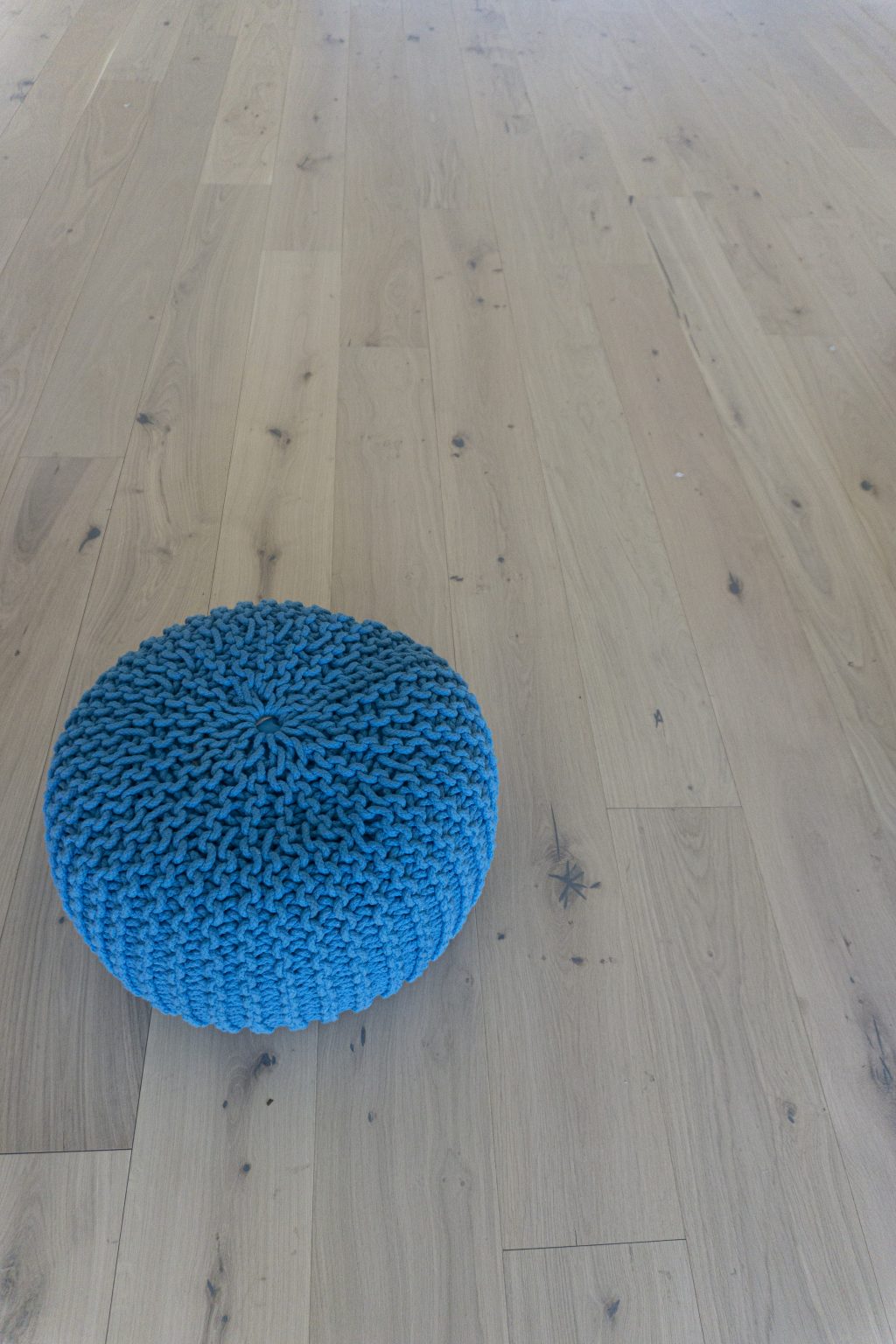Wood flooring comes in a variety of looks and styles to meet the demands of various lifestyles. There are multiple factors that we should take into consideration when selecting the style of wood flooring. These include Family size, purpose of the area, environment and décor style.
SPECIES:
Every wood species has its own characteristics. The factor we care most about are wood hardness, graining pattern and color. For example, if we have a busy family with young children, we won’t recommend using American walnut flooring since it is relatively a soft wood or if we have a project that requires clean and modern décor, hickory might have too much character.
GRADES:
The grade of hardwood flooring determines the look of the floor. There is not a superior or inferior wood grade in terms of functionality, but the appearance of each grade serves its own purpose as the right fit for each décor. Here are a few wood grades:
– Prime Grade: Prime Grade is defect-free. Although it may have minor imperfections, we usually expect a clean look.
– Select Grade: It is similar to Prime Grade, but you might see some color variation and natural characteristics.
– Light Character Grade: This grade contains some knots, small mineral streaks, and minor color variation.
– Character Grade: The characteristics are more noticeable. Almost every plank has some knots, mineral streaks, and color variation.
– Cabin Grade: The Characteristic of this grade is very noticeable. You would expect large knots, noticeable mineral streak marks and a large color variations.
HOW THE LUMBER IS CUT:
The way we cut the boards off the tree logs determines the look of the wood flooring product. Here are the available cuts:
– Rotary Cut: The tree log is peeled like how we use the toilet paper. An entry level engineered hardwood flooring product with less than 2.5mm top layer (i.e., veneer) usually has rotary cut. The end result is usually not the most attractive visually.
– Plainsawn Cut: This is the most common cut in the hardwood flooring industry. The end results show grains and growth rings.
– Quarter / Rift Cut: The boards are cut with in a 45-degree angle from the log. Because it produces fewer boards due to the special cutting process, they are the most stable and the most expensive option.


